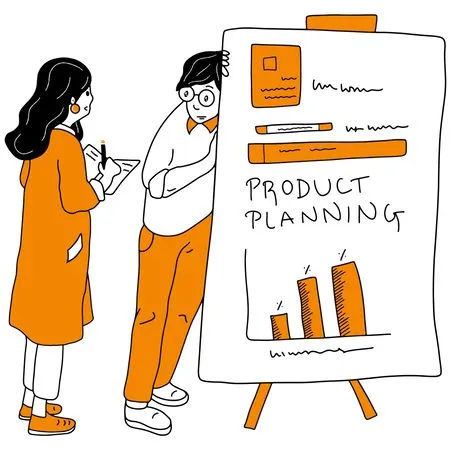Evolving Talent Strategies: Lessons from Microsoft’s 50-Year Journey
Evolving Talent Strategies: Lessons from Microsoft’s 50-Year Journey
For half a century, Microsoft has not only survived but thrived in the ever-changing tech landscape. From being a bootstrapped startup in 1975 to becoming a trillion-dollar giant today, its story serves as a lesson in recruiting, reskilling, and nurturing human capital. So what has Microsoft done differently? And what are the secrets in the way it addresses human capital? Let’s dig in to find out.

The Evolution of Talent: What Can We Learn from Microsoft?
Unlike other companies that seem stuck in the past while trying to reinvent themselves, Microsoft has seamlessly navigated the changing tides of the business world. The company has not only embraced a growth mindset but also hybrid work models, which emerged alongside industry shifts. An unyielding focus on people— acquiring the right talent, cultivating a learning environment, and allowing employees to innovate.
1. Recruitment Based on Potential, Not Simply Ability
In the early days, Microsoft followed an unorthodox policy when it came to hiring—that of seeking raw potential over polished resumes. Bill Gates himself famously prioritized intellectual capacity and problem-solving skills over the importance of credentials. This set the tone for a culture that prized adaptability, inquisitiveness, and the ability to learn on the go.
Lesson: Hire based on adaptability and problem-solving skills; don’t focus on resumes.
2. Revolutionizing the Growth Mindset
Under the guidance of CEO Satya Nadella, Microsoft developed a dramatic shift in culture away from a “know-it-all” and toward a “learn-it-all” culture. That shift was driven by Carol Dweck’s work on the growth mindset, which taught employees to accept challenges, learn through failure, and continuously develop.
Lesson: Encourage a culture based on learning to keep your organization agile.
3. Reskilling the Workforce
Technologies evolve more rapidly than people can reskill — unless reskilling becomes a strategic move. Microsoft invested considerable sums in upskilling existing employees by developing programs such as Microsoft Learn and LinkedIn Learning to keep the company’s workforce competitive.
Lesson: Invest in lifelong learning and internal mobility in order to future-proof your workforce.
4. Diversity and Inclusion: A Business Necessity
Microsoft’s diversity and inclusion (D&I) efforts began as a matter of compliance but have become a competitive strength. With the company’s programs such as the Neurodiversity Hiring Program, the organization has reimagined how workplaces support alternate perspectives and skillsets.
Lesson: A diverse team leads to innovation — make inclusion a core talent strategy.
5. Remote working and the hybrid model
Microsoft had already been embracing flexible work policies even prior to the pandemic. It doubled down on a hybrid workplace model after the year 2020, building on employee well-being, productivity, and collaboration using tools such as Microsoft Teams and Viva.
Lesson: Move toward the adoption of hybrid work models.
6. Performance Management Reimagined
Annual reviews are a thing of the past now. Microsoft overhauled its performance management system, trading stack ranking for continuous feedback loops and coaching-led growth discussions.
Lesson: Move away from rigid performance reviews toward real-time feedback and growth.
7. Employer Branding and Purpose-Driven Leadership
Microsoft’s ability to lure top talent isn’t solely based on salary; it’s based on purpose. It’s the company’s focus on sustainability, ethical AI, and worldwide digital equity that makes it an employer’s choice.
Lesson: Employees want a purpose — link your mission with their goals.
Conclusion: Talent Management Plan for the Future 50 Years
Microsoft’s journey provides a blueprint for organizations that face challenges in the fast-paced world. The future workplace isn’t merely a matter of the right people — it’s the development of a learning, adaptable, and purpose-oriented workforce.
The question today is: How will you evolve your talent strategy in order to create the next Microsoft?
Ready to build your tech dream team?
Check out MyNextDeveloper, a platform where you can find the top 3% of software engineers who are deeply passionate about innovation. Our on-demand, dedicated, and thorough software talent solutions are available to offer you a complete solution for all your software requirements.
Visit our website to explore how we can assist you in assembling your perfect team.





